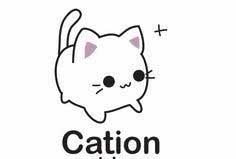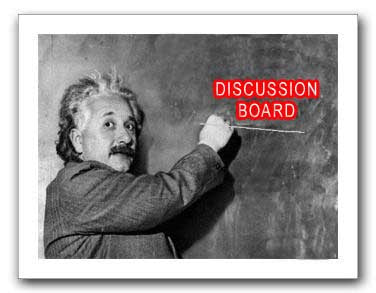|
Updated October 28, 2018
Please make sure you READ everything on this page or you will miss important details. I will archive past weeks Announcements pages for a limited time only under the Trimester 1 tab, if you need to go back to a particular weeks information for any reason. Week 8 Summary On Tuesday, recollect that we started the class with the Candium lab; as theoretical chemists you had discovered a brand new element in the Candium family, along with three of its different isotopes (M&M's peanut, M&M's plain, and Skittles), and you were to perform various calculations on these isotopes after taking a piece count of each isotope and mass. Hopefully, if you followed all the directions on the second page of the lab, you were able to determine percent abundance, relative abundance, average mass, and relative mass. Started Chapter 6 - Chemical Names and Formulas We have been studying atoms; but this week we begin a study of molecules: a molecule is made up of two or more atoms (atoms can be the same or different, such as O2, or CO). Compounds, on the other hand, are made up of two or more different atoms, such as NaCl, CO, or H2O. Oxygen gas (O2) is a molecule, but not a compound. Water (H2O) is a molecule and compound. Compounds can further be characterized as molecular or ionic. Compounds are molecular if they:
Monatomic cations and anions We briefly discussed monatomic ions, which come in two varieties, (1) as positively-charged cations, or (2) negatively-charged anions. You should know, by looking at the periodic table, what kinds of ions certain atoms are destined to become.
Polyatomic ions I briefly mentioned polyatomic ions, which are clusters of atoms tightly held together acting as a unit, yet possessing a charge. You will need to memorize the structures and names of about 25 polyatomic ions - only because we will encounter these again and again throughout the rest of the year in chemistry. |
Upcoming Week 9
Please complete reading Chapter 6, and finish as many problems in the homework as you can - bringing any questions to class. I would like to finish Chapter 6 this week (if possible) and request that you turn in Test #2 the following Tuesday (November 6th). Last Tuesday, I neglected to have you all take the Week 8 quiz, so be prepared this coming Tuesday to take this quiz along with the Week 9 quiz. I will also offer an extra credit quiz on the polyatomic ions. So that you are adequately prepared for classes this coming week, please complete the following:
|




